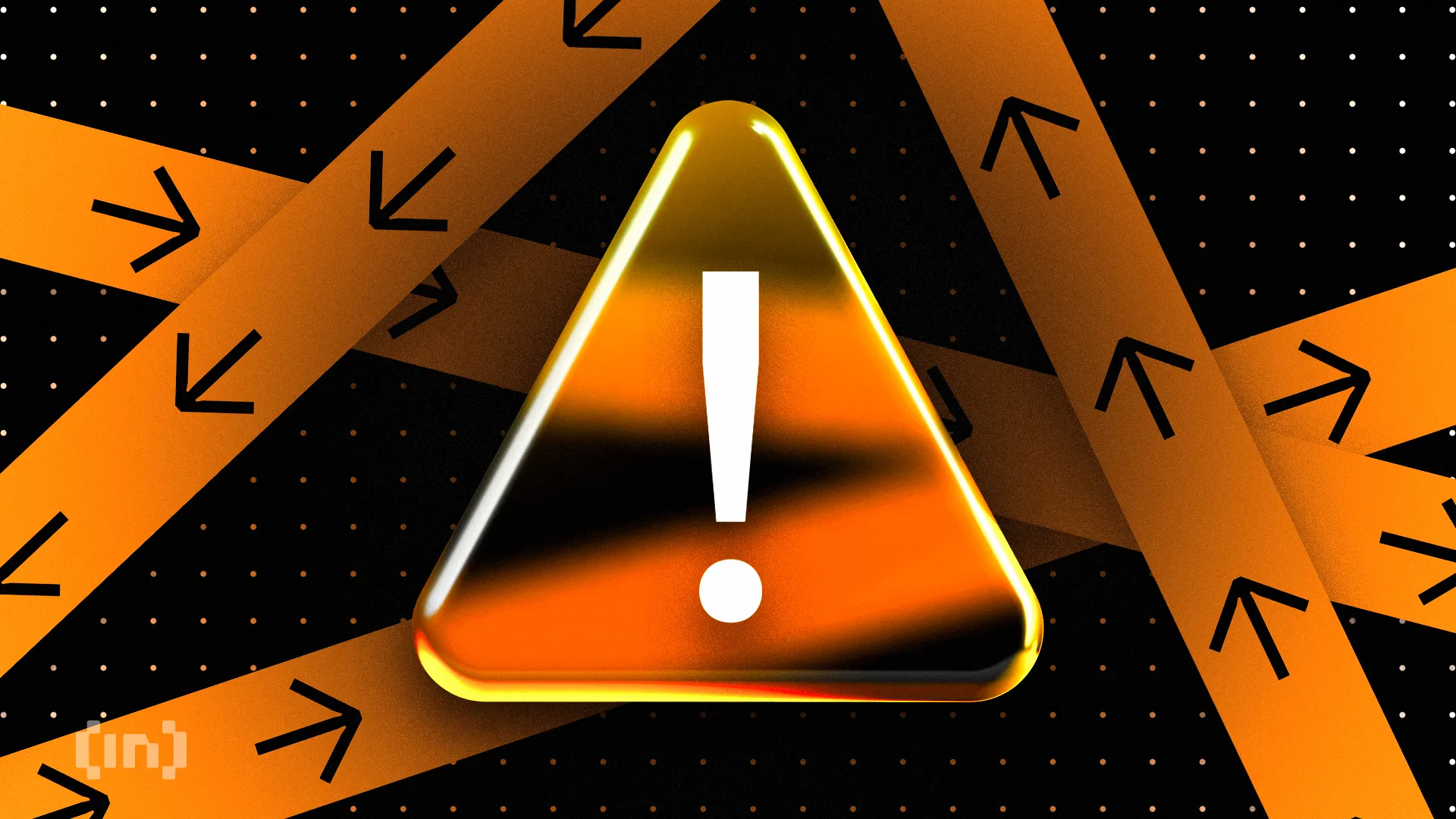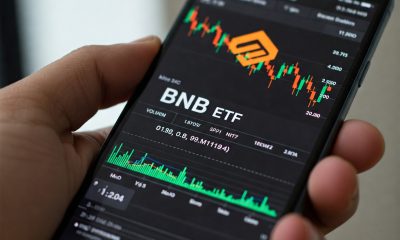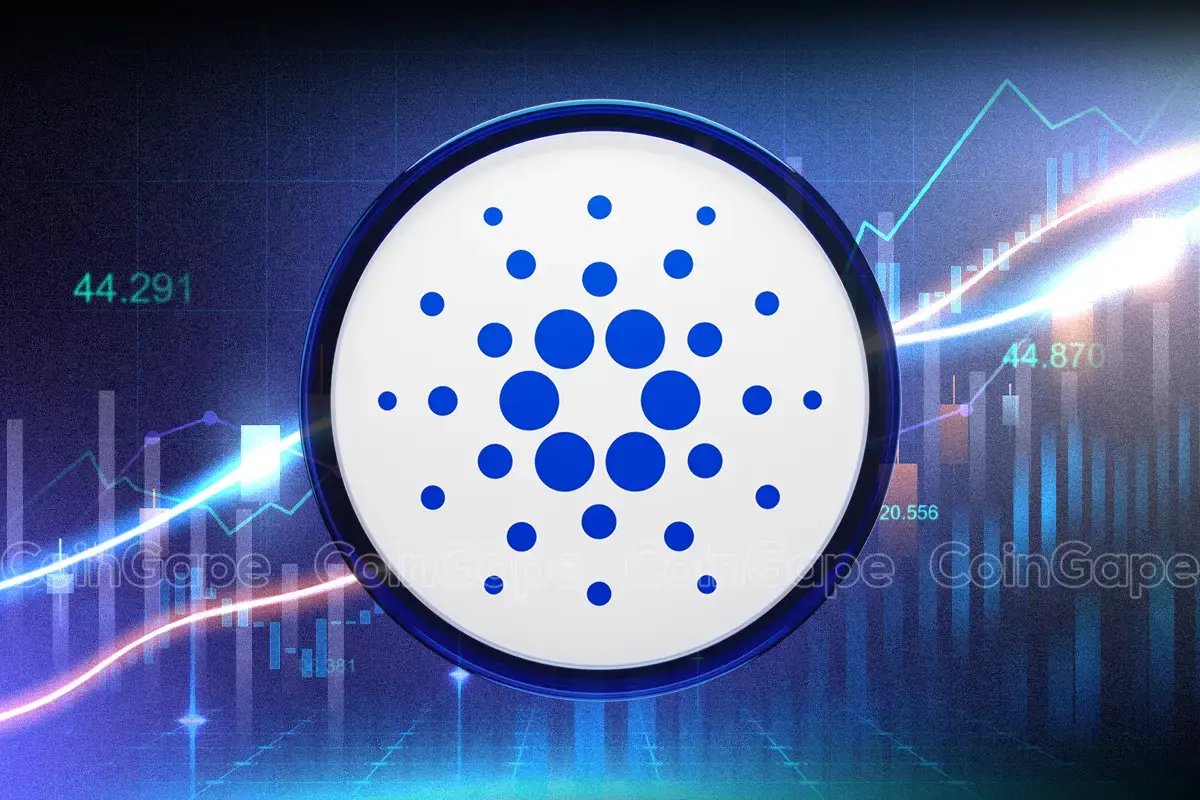Market
Binance Secures Registration in Argentina


BeInCrypto comprehensive Latam Crypto Roundup brings Latin America’s most important news and trends. With reporters in Brazil, Mexico, Argentina, and more, we cover the latest updates and insights from the region’s crypto scene.
This week’s roundup features Binance’s VASP registration in Argentina, Ripple’s expansion into Brazil, and other major developments.
Binance Secures VASP Registration in Argentina
Binance, one of the largest cryptocurrency platforms globally, has reached a major milestone in Argentina by registering as a Virtual Asset Service Provider (VASP) with the country’s National Securities Commission (CNV). This registration strengthens Binance’s commitment to adhering to regulatory frameworks, not only in Argentina but around the world.
Argentina becomes the 20th country where Binance has secured a license or regulatory registration, following the company’s recent progress in key jurisdictions like India, Kazakhstan, and Indonesia. Binance has already established a presence in other major markets, having secured licenses in Dubai, France, Japan, and El Salvador, which continues to solidify its global footprint.
With this VASP registration, Argentine users can now fully access Binance’s suite of services and tools through both its website and mobile app. This move will make it easier for local users to engage in the cryptocurrency ecosystem, offering them the security of a platform that upholds the highest standards of compliance and protection.
“Argentina is a key market for Binance. We will continue to work closely with the local authorities to develop the industry in the safest and most sustainable way possible. This is for the benefit of the crypto community and society in general,” said Guilherme Nazar, Binance’s director for Latin America.
Read more: How To Trade Crypto on Binance Futures: Everything You Need To Know
Nazar also highlighted Binance’s belief in proactive regulation as essential for the orderly and safe evolution of the cryptocurrency industry, a principle that is central to the company’s ongoing global expansion efforts. This regulatory breakthrough further demonstrates Binance’s commitment to creating a secure, compliant environment for its users while advancing the development of the global cryptocurrency market.
Ripple Expands in Brazil Through Partnership with Mercado Bitcoin
Ripple has launched Ripple Payments in Brazil through a partnership with local exchange Mercado Bitcoin. This collaboration will allow businesses to explore cross-border payments using Ripple’s end-to-end blockchain-based payment solution.
Mercado Bitcoin, the first in Latin America to use Ripple’s solution, will enhance its internal treasury between Brazil and Portugal and offer international payments for retail customers. These customers will be able to make payments in reais via a non-resident account, with funds transferred globally 24/7 and settled within minutes.
“Ripple Payments offers capabilities that are important to crypto businesses, enabling them to streamline operations, optimize liquidity, and improve margins through real-time payment settlement. We are delighted to partner with Mercado Bitcoin, a crypto market leader with more than a decade of experience in providing tokenized services to Brazil,” said Silvio Pegado, CEO of Ripple in Latin America.
Read more: XRP ETF Explained: What It Is and How It Works
Ripple Payments will focus on small and medium-sized enterprises, providing optimized onboarding, global access to over 80 payment markets, and 24/7 liquidity. Jordan Abud, Head of Banking at Mercado Bitcoin, added, “The partnership allows Bitcoin Market to take another step towards internationalization…offering lower costs and a more complete platform.”
Ripple Payments currently covers 80 payment markets, with 90% coverage of the FX market and more than $50 billion in processed volume. For now, the service is available to Mercado Bitcoin customers in Brazil and Portugal.
IMF Urges El Salvador to Limit Public Sector Exposure to Bitcoin
The International Monetary Fund (IMF) has once again urged El Salvador to limit its public sector exposure to Bitcoin and to strengthen oversight of its regulatory framework. Despite the country’s notable 3% GDP growth in 2024, the IMF continues to express concerns about the risks posed by cryptocurrency volatility.
Since El Salvador made Bitcoin legal tender, the IMF has conducted several assessments, maintaining that the risks associated with Bitcoin’s price swings remain significant. While the IMF has adopted a more moderate stance compared to earlier years, it still insists on stricter regulations to ensure economic stability.
“We have recommended reducing the scope of the Bitcoin law, strengthening the regulatory framework and oversight of the Bitcoin ecosystem, and limiting public sector exposure to Bitcoin,” said Julie Kozack, IMF communications director, quoted by Reuters.
Read more: Who Owns the Most Bitcoin in 2024?
President Nayib Bukele, currently on an official visit to Argentina, remains a strong advocate for Bitcoin, though he acknowledges that adoption rates in El Salvador have fallen short of his expectations. He expressed a desire for greater acceptance among Salvadorans but emphasized that adopting the cryptocurrency has been a free choice for citizens.
Despite the IMF’s warnings, El Salvador continues to purchase Bitcoin through its Dollar Cost Averaging (DCA) strategy. To date, the government has accumulated 5,892.76 BTC, valued at approximately $360.97 million.
Nubank to Reduce Crypto Transaction Fees
On October 2, Brazil’s Nubank Cripto announced plans to lower the fees for cryptocurrency transactions in its app, with the changes set to roll out gradually through October and November. Under the new system, transaction fees will be based on the volume of customer trades, with potential reductions of up to 60%.
According to Nubank, the fee for buying and selling cryptocurrencies could drop to as low as 0.6% per transaction. Customers will have a 45-day cycle to accumulate transactions, after which the fee will be adjusted according to their trading volume. The new system improves upon the previous average rate of 1.6%, which had already decreased to 0.8% between March and September 2024.
The volume tiers Nubank will use to determine fees are as follows:
- Between 0 and 99 reais
- 100 to 1,999 reais
- 2,000 to 9,999 reais
- More than 10,000 reais
Read more: Crypto vs. Banking: Which Is a Smarter Choice?
This fee structure rewards high-volume traders with lower transaction costs, a common practice in the crypto industry, known as “transaction tiers.” Major platforms like Binance also use a similar model. Nubank Cripto expects all customers to access the new system, though the implementation will be gradual.
Transaction fees, essential for on-chain processes, incentivize miners or nodes to validate transactions. While networks like Ethereum have struggled with high fees for years, Nubank Cripto’s new system aims to offer a more user-friendly experience for its customers.
As the Latam crypto scene grows, these stories highlight the region’s increasing influence in the global market. Stay tuned for more updates and insights in next week’s roundup.
Disclaimer
In adherence to the Trust Project guidelines, BeInCrypto is committed to unbiased, transparent reporting. This news article aims to provide accurate, timely information. However, readers are advised to verify facts independently and consult with a professional before making any decisions based on this content. Please note that our Terms and Conditions, Privacy Policy, and Disclaimers have been updated.
Market
Binance Faces Community Backlash and Boycott Calls


Controversies surrounding token listings, the depegging of the FDUSD stablecoin, and allegations of unethical behavior have raised a crucial question: Is Binance losing its credibility?
These issues threaten to erode trust and challenge Binance’s standing in the crypto industry.
Binance Struggles to Meet the Standard
One of Binance‘s most pressing issues is the poor performance of the tokens listed on the exchange. As BeInCrypto reported earlier, 89% of the tokens listed on the platform in 2025 recorded negative returns.
Even more concerning, another report reveals that most of the tokens listed in 2024 also experienced negative performance.
Listing on Binance was once considered a “launchpad” for new projects. However, it no longer guarantees success.
A prime example is the ACT token, a meme coin listed on the exchange that quickly plummeted. Earlier this week, Wintermute—a major market maker—dumped a large amount of ACT, exerting strong downward pressure on its price and raising concerns about the transparency of Binance’s listing process.
Such criticism has led the community to believe Binance prioritizes listing fees over users’ interests.
Connection to FDUSD
The FDUSD stablecoin has also become a focal point of controversy, with Binance at its center. FDUSD lost its peg, dropping to $0.89 after reports surfaced that its issuing company had gone bankrupt.
Wintermute, one of the largest FDUSD holders outside of Binance, withdrew 31.36 million FDUSD from the exchange at 11:15 AM UTC. This move is believed to have exacerbated the depegging situation, sparking panic in the market.
More concerning, a community member claimed that some Binance employees leaked internal information about the FDUSD incident so they could select whale chat groups.
If true, this would severely damage Binance’s reputation and raise major questions about the platform’s transparency and ethics.
Overall, the community’s dissatisfaction is growing, with many users calling for a boycott of the exchange. Such negative reactions are shaking user confidence in the platform, which was once considered a symbol of credibility in the crypto space.
“Binance today caused massive liquidations on alts listed on their exchange. I warned you all yesterday about their very dirty tactics, specifically GUN. I refuse to use Binance #BoycottBinance,” wrote popular crypto YouTuber Jesus Martinez.
These accusations stem from a central issue that Binance prioritizes profits over user interests. Over the past few months, the community has constantly criticized its listing strategy, arguing that the exchange focuses on “shitcoins” to collect high listing fees without considering project quality.
Although the exchange recently introduced a community voting mechanism to decide on listings, this might not be enough to silence the criticism.
As a Tier-1 exchange, the company is evaluated based on trading volume, security, regulatory compliance, and community trust. However, recent events suggest that the exchange is struggling to maintain these standards.
Disclaimer
In adherence to the Trust Project guidelines, BeInCrypto is committed to unbiased, transparent reporting. This news article aims to provide accurate, timely information. However, readers are advised to verify facts independently and consult with a professional before making any decisions based on this content. Please note that our Terms and Conditions, Privacy Policy, and Disclaimers have been updated.
Market
Stellar (XLM) Falls 5% as Bearish Signals Strengthen

Stellar (XLM) is down more than 5% on Thursday, with its market capitalization dropping to $8 billion. XLM technical indicators are flashing strong bearish signals, suggesting continued downward momentum that could test critical support levels around $0.22.
While a reversal scenario remains possible with resistance targets at $0.27, $0.29, and $0.30, such an upside move would require a substantial shift in market sentiment.
XLM RSI Shows Sellers Are In Control
Stellar’s Relative Strength Index (RSI) has dropped sharply to 38.99, down from 59.54 just two days ago—signaling a notable shift in momentum.
The RSI is a widely used momentum oscillator that measures the speed and magnitude of recent price changes, typically ranging between 0 and 100.
Readings above 70 suggest overbought conditions, while levels below 30 indicate oversold territory. A reading between 30 and 50 often reflects bearish momentum but is not yet extreme enough to trigger an immediate reversal.

With Stellar’s RSI now below the key midpoint of 50 and approaching the oversold threshold, the current reading of 38.99 suggests that sellers are gaining control.
While it’s not yet in oversold territory, it does signal weakening buying pressure and increasing downside risk.
If the RSI continues to fall, XLM could face further price declines unless buyers step in soon to stabilize the trend and prevent a slide into more deeply oversold levels.
Stellar CMF Heavily Dropped Since April 1
Stellar’s Chaikin Money Flow (CMF) has plunged to -10, a sharp decline from 0.19 just two days ago, signaling a significant shift in capital flow dynamics.
The CMF is an indicator that measures the volume-weighted average of accumulation and distribution over a set period—essentially tracking whether money is flowing into or out of an asset.
Positive values suggest buying pressure and accumulation, while negative values point to selling pressure and capital outflow.

With XLM’s CMF now deep in negative territory at -10, it indicates that sellers are firmly in control and substantial capital is leaving the asset.
This level of negative flow can put downward pressure on price, especially if it aligns with other bearish technical signals. Unless buying volume returns to offset this outflow, XLM could continue to weaken in the near term.
Will Stellar Fall To Five-Month Lows?
Stellar price action presents concerning signals as EMA indicators point to a strong bearish trend with significant downside potential.
Technical analysis suggests this downward momentum could push XLM to test critical support around $0.22. It could breach this level and fall below the psychologically important $0.20 threshold—a price not seen since November 2024.
This technical deterioration warrants caution from traders and investors as selling pressure appears to be intensifying.
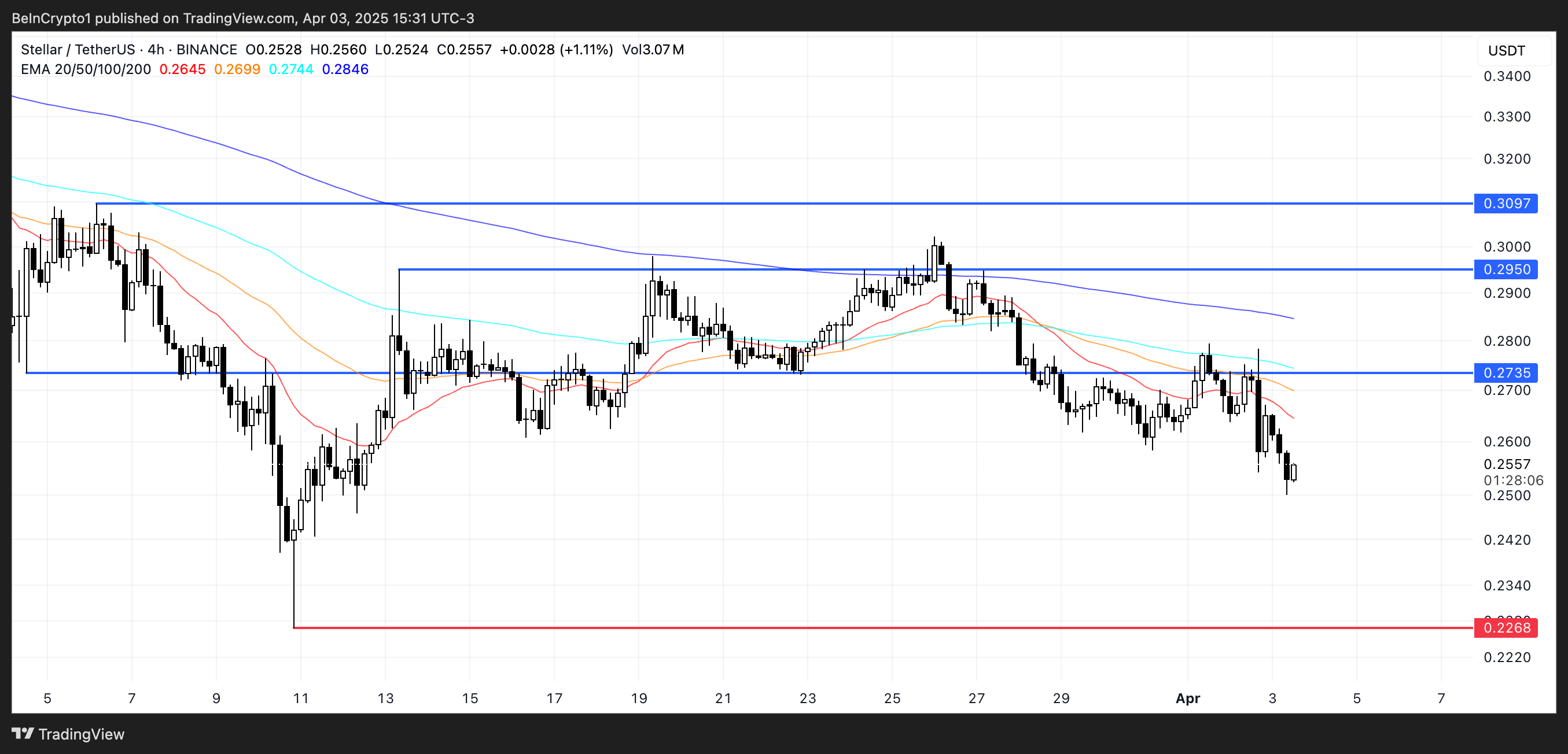
Conversely, a trend reversal scenario would require a substantial shift in market sentiment. Should bulls regain control, XLM could challenge the immediate resistance at $0.27, with further upside targets at $0.29 and the key $0.30 level.
However, this optimistic outlook faces considerable obstacles, as only a dramatic sentiment shift coupled with the emergence of a powerful uptrend would enable such a recovery.
Until clearer bullish signals manifest, the prevailing technical structure continues to favor the bearish case.
Disclaimer
In line with the Trust Project guidelines, this price analysis article is for informational purposes only and should not be considered financial or investment advice. BeInCrypto is committed to accurate, unbiased reporting, but market conditions are subject to change without notice. Always conduct your own research and consult with a professional before making any financial decisions. Please note that our Terms and Conditions, Privacy Policy, and Disclaimers have been updated.
Market
Solana (SOL) Crashes 11%—Is More Pain Ahead?

Solana (SOL) is under heavy pressure, with its price down more than 10% in the last 24 hours as bearish momentum intensifies across key indicators. The Ichimoku Cloud, BBTrend, and price structure all point to continued downside risk, with SOL now hovering dangerously close to critical support levels.
Technical signals show sellers firmly in control, while the widening gap from resistance zones makes a near-term recovery increasingly difficult.
Solana’s Ichimoku Cloud chart is currently flashing strong bearish signals. The price has sharply broken below both the Tenkan-sen (blue line) and Kijun-sen (red line), confirming a clear rejection of short-term support levels.
Both of these lines are now angled downward, reinforcing the view that bearish momentum is gaining strength.
The sharp distance between the latest candles and the cloud further suggests that any recovery would face significant resistance ahead.
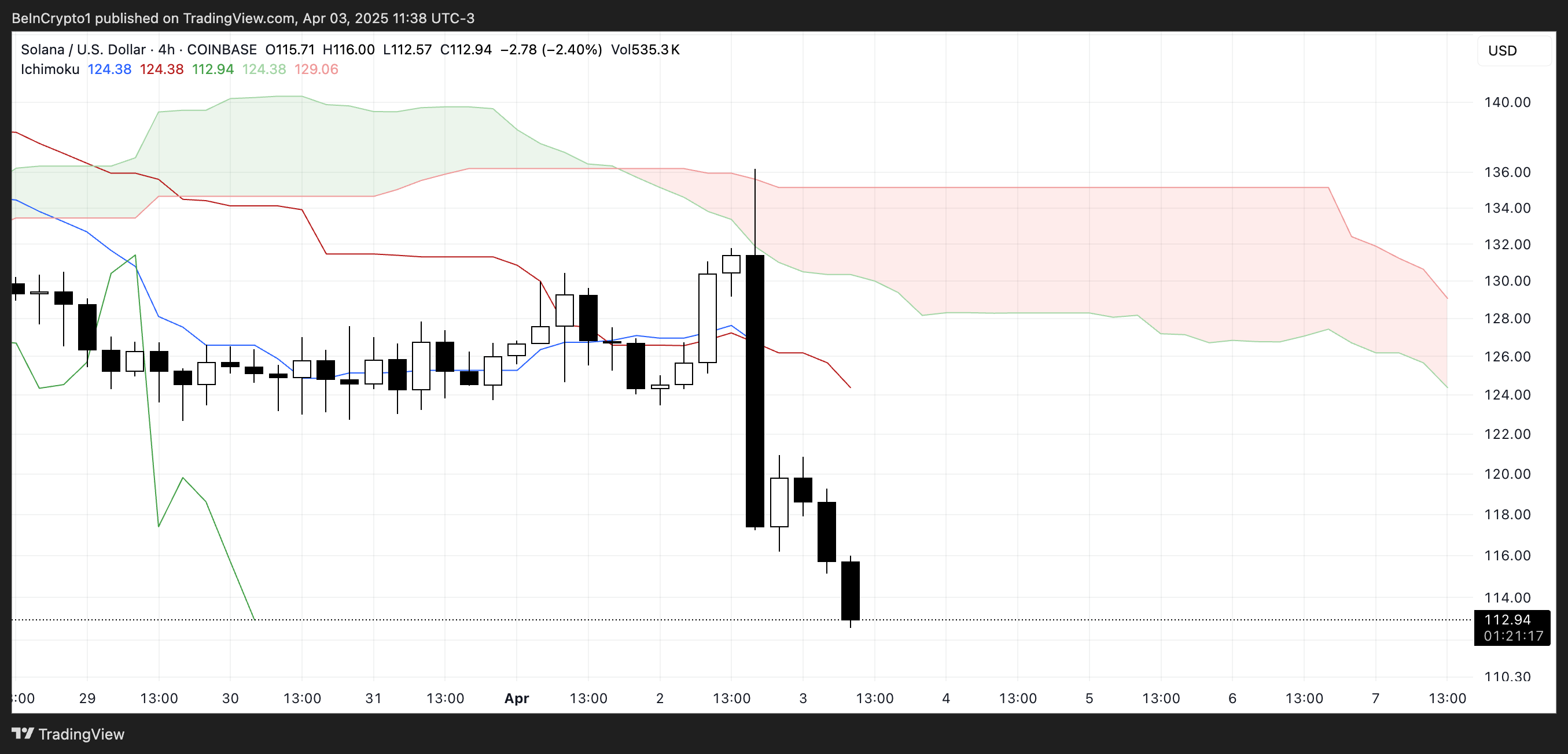
Looking at the Kumo (cloud) itself, the red cloud projected forward is thick and sloping downward, indicating that bearish pressure is expected to persist in the coming sessions.
The price is well below the cloud, which typically means the asset is in a strong downtrend.
For Solana to reverse this trend, it would need to reclaim the Tenkan-sen and Kijun-sen and push decisively through the entire cloud structure—an outcome that looks unlikely in the short term, given the current momentum and cloud formation.
Solana’s BBTrend Signals Prolonged Bearish Momentum
Solana’s BBTrend indicator currently sits at -6, having remained in negative territory for over five consecutive days. Just two days ago, it hit a bearish peak of -12.72, showing the strength of the recent downtrend.
Although it has slightly recovered from that low, the sustained negative reading signals that selling pressure remains firmly in control and that the bearish momentum hasn’t yet been reversed.
The BBTrend (Bollinger Band Trend) measures the strength and direction of a trend using Bollinger Bands. Positive values suggest bullish conditions and upward momentum, while negative values indicate bearish trends.

Generally, values beyond 5 are considered strong trend signals. With Solana’s BBTrend still well below -5, it implies that downside risk remains elevated.
Unless a sharp shift in momentum occurs, this persistent bearish reading may continue to weigh on SOL’s price in the near term.
Solana Eyes $112 Support as Bears Test February Lows
Solana’s price has broken below the key $115 level, and the next major support lies around $112. A confirmed move below this threshold could trigger further downside. That could potentially push the price under $110 for the first time since February 2024.
The recent momentum and strong bearish indicators suggest sellers remain in control, increasing the likelihood of testing these lower support levels in the near term.
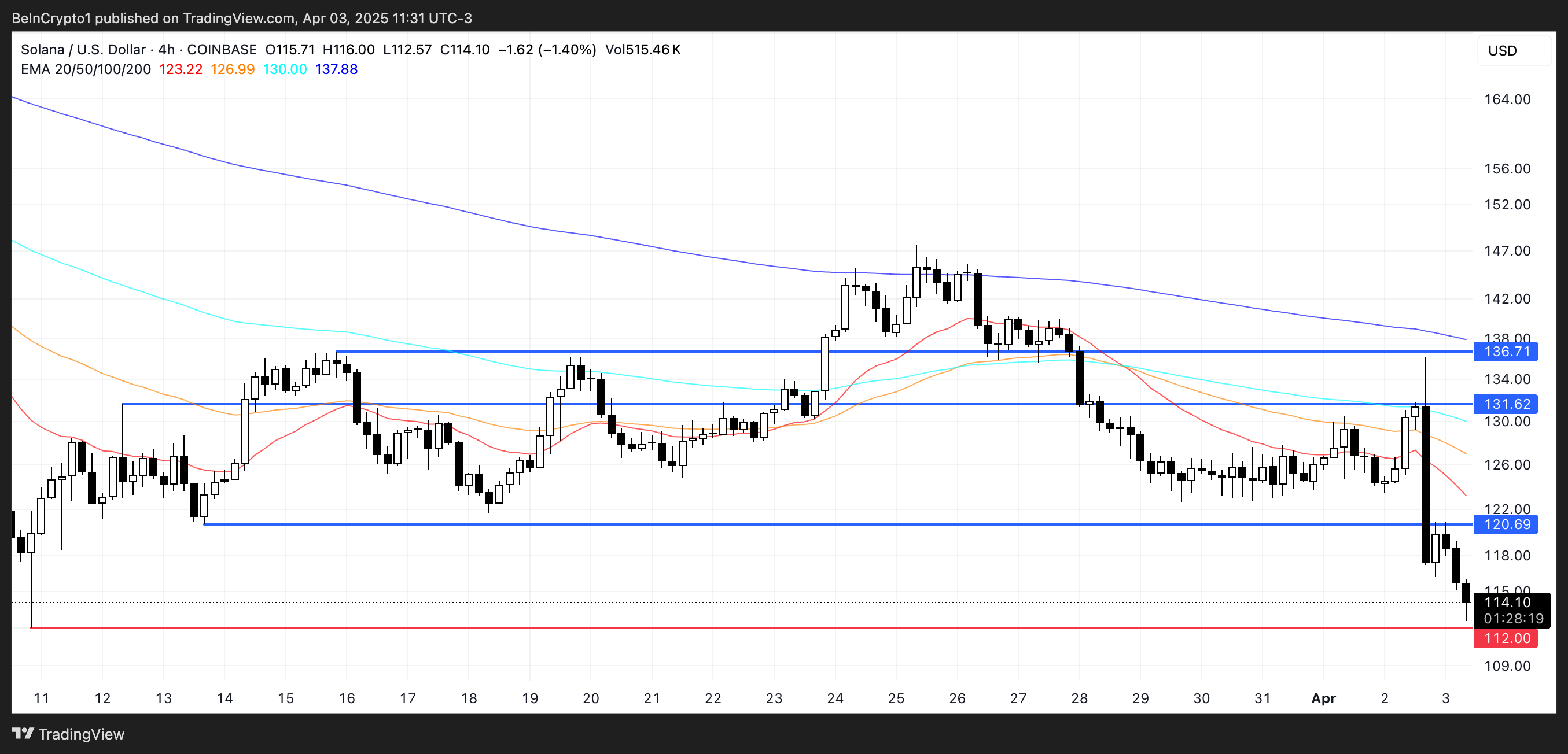
However, if Solana manages to stabilize and reverse its current trajectory, a rebound toward the $120 resistance level could follow.
Breaking above that would be the first sign of recovery, and if bullish momentum accelerates, SOL price could aim for higher targets at $131 and $136.
Disclaimer
In line with the Trust Project guidelines, this price analysis article is for informational purposes only and should not be considered financial or investment advice. BeInCrypto is committed to accurate, unbiased reporting, but market conditions are subject to change without notice. Always conduct your own research and consult with a professional before making any financial decisions. Please note that our Terms and Conditions, Privacy Policy, and Disclaimers have been updated.
-

 Market20 hours ago
Market20 hours agoCardano (ADA) Downtrend Deepens—Is a Rebound Possible?
-
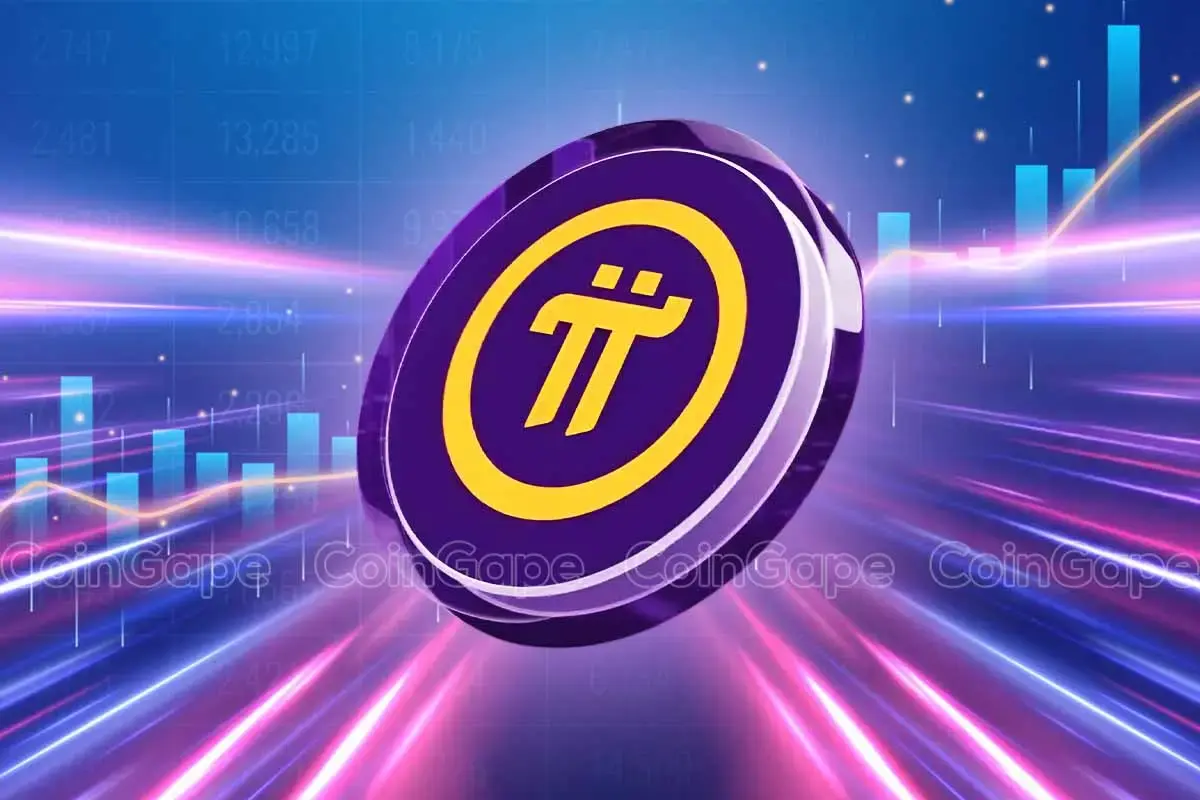
 Altcoin24 hours ago
Altcoin24 hours agoBinance Sidelines Pi Network Again In Vote To List Initiative, Here’s All
-

 Altcoin21 hours ago
Altcoin21 hours agoAnalyst Forecasts 250% Dogecoin Price Rally If This Level Holds
-

 Market19 hours ago
Market19 hours agoEthereum Price Recovery Stalls—Bears Keep Price Below $2K
-

 Market21 hours ago
Market21 hours agoXRP Price Under Pressure—New Lows Signal More Trouble Ahead
-

 Market16 hours ago
Market16 hours agoIP Token Price Surges, but Weak Demand Hints at Reversal
-

 Ethereum15 hours ago
Ethereum15 hours agoEthereum Trading In ‘No Man’s Land’, Breakout A ‘Matter Of Time’?
-

 Bitcoin18 hours ago
Bitcoin18 hours agoUS Dollar Index Drops – What Does It Mean for Bitcoin?






